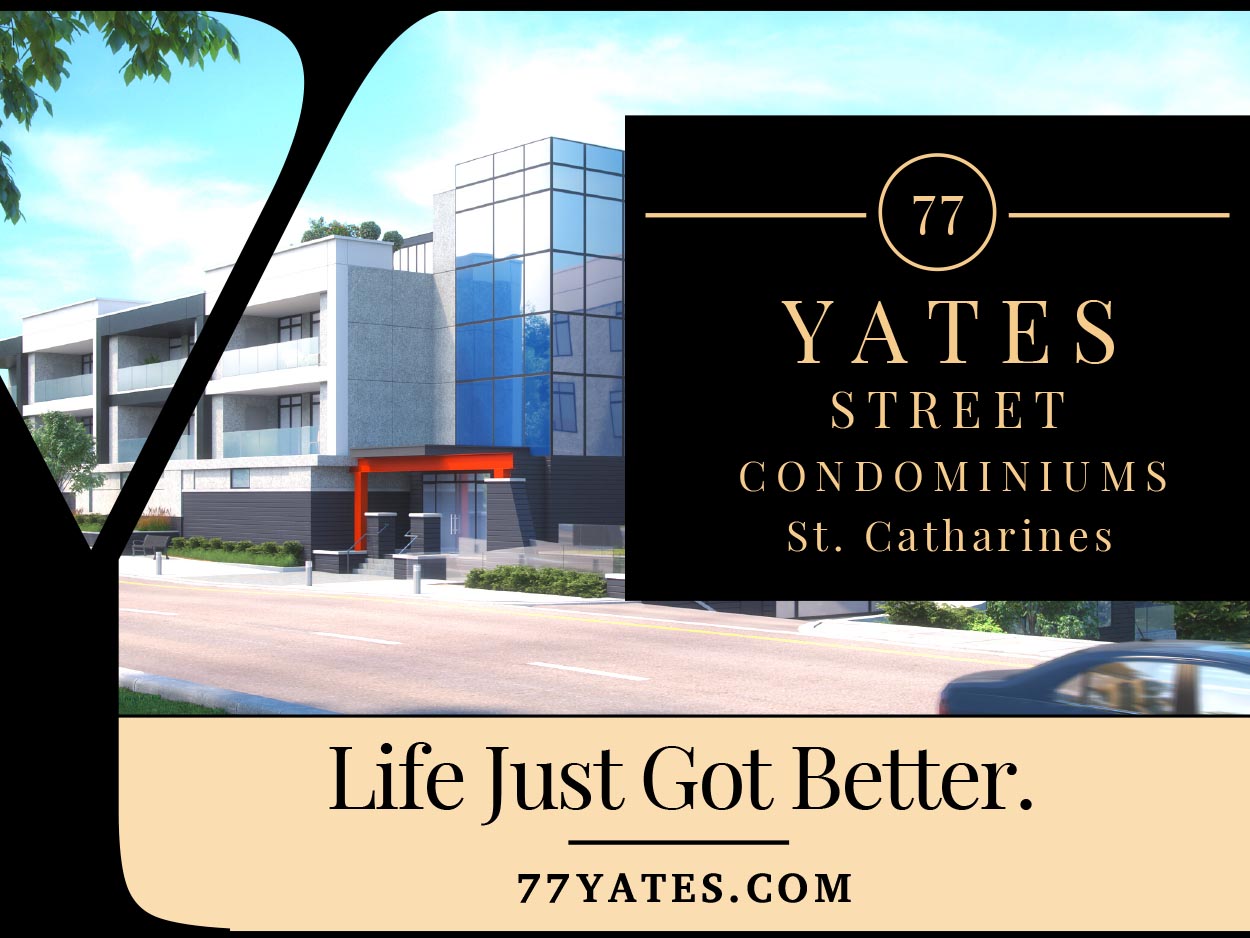A new report from RE/MAX Canada shows that Hamilton area housing prices have tripled over 15 years with a supply shortage, “unprecedented” population growth, and “hefty development charges” fueling the surge.
The document states that the average residential price in Hamilton-Burlington was $253,887 in 2006 and rose to $879,466 in 2021 – a 246 per cent increase.
Indeed, RE/MAX says that the Hamilton-Burlington area saw the highest increase in overall average price in Canada over the 15-year period.
The region with the second highest increase was the Greater Toronto Area (GTA), with a 15-year change of +211 per cent – still more than triple but not as high as Hamilton.
The report adds that one of the key reasons for the increase in prices is a housing supply shortage.
“Builders and developers are eager to get shovels in the ground, but projects need to be financially viable to proceed,” it states.
“Constraints include high land costs and development fees, zoning restrictions, lengthy approval processes, and other red tape. Beyond that, there is a disconnect between what is being built and buyers’ needs, with smaller units overwhelming the market when more spacious ‘missing middle’ product is desperately needed to support urban family living.”
The report adds that the City of Hamilton has the second-highest development charges with a municipal charge per unit of $61,431 in 2022, an increase of 49 per cent over 2020 levels, which decreases housing starts.
Another major factor causing price increases is “unprecedented population growth,” states the document.
“Over the 15-year period between 2006 and 2021, Statistics Canada reported in its Annual Demographic Estimates that the country’s population climbed by 17.4 per cent, adding another 5,668,671 residents.”
According to Statistics Canada, in 2023 the Trudeau government let in 464,265 permanent residents on top of a record high 949,270 temporary foreign workers and a record 682,889 international students.
For context, in 2019 a total of 284,153 permanent residents were added to the population and there were 403,869 temporary foreign workers and 402,427 international students.
That means, in just four years, annual immigration numbers increased by over 63 per cent, the number of temporary foreign workers more than doubled with an increase of over 135 per cent, and the number of international students rose almost 70 per cent.
RE/MAX goes so far as to say that population growth “has both underscored and exacerbated the undersupply of housing in Canada’s major cities.”
Between 2006 and 2021, the report says that the Hamilton area saw its population increase by 98,138 people (13.6 per cent), while noting that “much of this growth has been spurred by Torontonians seeking access to more affordable home ownership.”
“Flight to affordability has occurred simultaneously in the region, with migration occurring to markets further afield including Haldimand County and Beamsville, where housing values are more affordable.”
As a result, the report concludes that more and more Hamiltonians are renting instead of buying, with the homeownership rate in the area at 71.6 per cent in 2006 now dropping to 68.6 per cent as of 2021.
In turn, rental prices have increased dramatically as well.

Based in Hamilton, he reaches hundreds of thousands of people monthly on Facebook, Instagram, TikTok, and Twitter. He has been published in The Hamilton Spectator, Stoney Creek News, and Bay Observer. He has also been a segment host with Cable 14 Hamilton. In 2017, he received the Chancellor Full Tuition Scholarship from the University of Ottawa (BA, 2022). He has also received the Governor General’s Academic Medal. He formerly worked in a non-partisan role on Parliament Hill in Ottawa.






